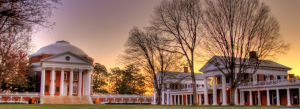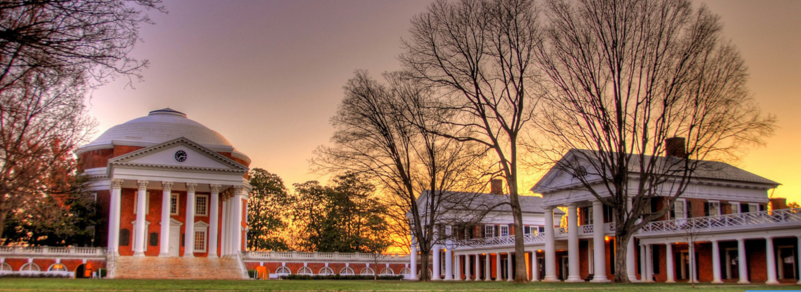Do you feel that traveling enhances your continuous learning and curiosity? Perhaps visiting Charlottesville Virginia and Thomas Jefferson will help you in this answer. Let me elaborate.

I am in at the end of my third career now, so it has been a few years since my college days. But I spent 8+ years as an undergraduate and graduate student at the University of Virginia in Charlottesville, Virginia.
And traveling has always been a favorite thing to do for myself and my family. And we have returned to Charlottesville on several occasions. It is a very special place to visit and learn many interesting things.
Yes, it has changed significantly since my college days. And that has made it even better as a travel location. Let me tell you the places and things that make Charlottesville and Thomas Jefferson so special.
Background
Named in honor of Princess Charlotte, the wife of George III, Charlottesville was settled in the 18th century on a hill overlooking the Rivanna River. Today the city proper has a population of more than 42,000 with a metropolitan population nearing 200,000.
Charlottesville offers a unique combination of natural beauty, rich historical and cultural attractions, close proximity to both a national park and the nation’s capital, and a beautiful university.

The legacy of Thomas Jefferson
Jefferson’s legacy—while rightfully a point of pride—is invoked so frequently at the University, and in such a range of contexts, that the term “Jeffersonian” has lost clear meaning. Often guides use the word “Jeffersonian” as a synonym for “traditional.” Jefferson, of course, was no traditionalist.
At other times, University professors and officials cite “Jeffersonian ideals” to support trendy higher-education initiatives in news releases. Many such initiatives—interdisciplinary seminars held in pavilions, efforts to increase undergraduate students’ exposure to study and international internships—are worthwhile.
But it is not as if other schools, those unlucky enough to be founded by someone other than America’s third president, are not thinking about interdisciplinary programs and global studies.
Rather, Jefferson is enmeshed in the way University people talk about things at the University. People call on Jefferson to argue for the old, the traditional, and also the new and cutting-edge.
Images of his statue (located on the Rotunda’s north side) appear prominently on numerous University websites. Frozen in bronze, parchment in hand, Jefferson embodies the part we want him to play: the semi-divine figure who conjured up democracy, America and the University in a few pen strokes.
Jefferson the man was more complex. Sandy-haired and gangly, fearful of public speaking, Jefferson was, like many gifted people, consistently inconsistent. Pick a quote from his voluminous correspondence. What he says in one letter he will contradict in another.
Given his complexity as a thinker and the range of causes to which the term “Jeffersonian” is applied, does appeal to Jefferson’s legacy. It often sounds nice but does not mean much. But those at The University try, in their own way, to follow in his footsteps—to be inspired by the best of his thoughts.
University grounds
Early morning is the best time to appreciate Jefferson’s architectural genius. Walking through the university campus at this hour, you’ll find it nearly deserted. You can sit on the main lawn alone and marvel at the perfect symmetry of the Rotunda, a United Nations World Heritage site.
The Rotunda sits at the north end of ‘the lawn’, surrounded by other pavilions, and the morning light makes the neo-Classical whites shine like a polished Army shoe.
Jefferson’s most important legacy, however, lies in the heart of the University. One for which the architecture is merely the outer trappings to underlying ideals: The Rotunda and adjoining Pavilions that form The Lawn at the University of Virginia founded what is today one of the top universities in the nation. The University fulfills Jefferson’s vision of creating a “bulwark of the human mind in this hemisphere.”
Free one-hour tours of the Rotunda are available five times a day (434-924-3239; www.uvaguides.org. ours: Admission tours are available through the Office of Admission and offered year-round, while classes are in session.


